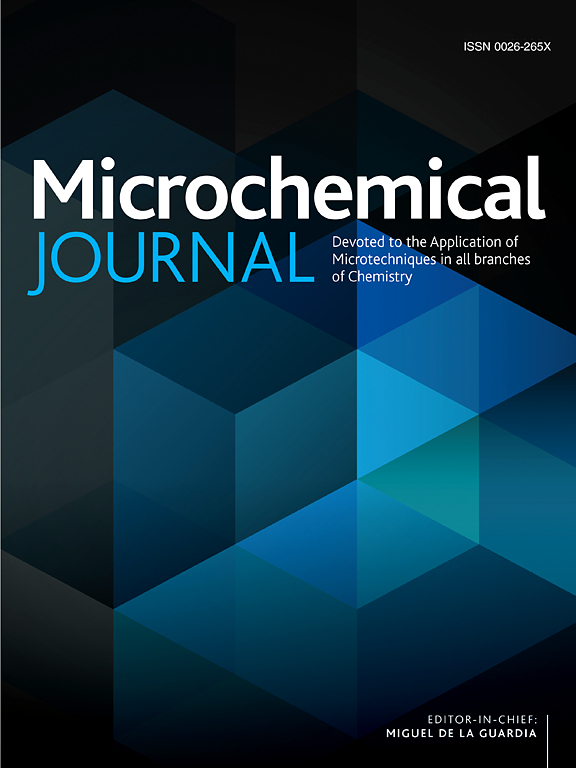用于兴奋剂检测的电化学传感器:适用于生物样品、识别和信号放大
IF 4.9
2区 化学
Q1 CHEMISTRY, ANALYTICAL
引用次数: 0
摘要
体育兴奋剂严重破坏了体育竞赛的公正性,对运动员的身体健康造成了不可逆转的损害。近年来,随着兴奋剂种类的不断更新,兴奋剂控制的方法也在不断发展。其中,电化学(EC)传感器以其检测灵敏度高、操作过程简单、易于集成、便携等优点在掺杂检测领域得到了长足的发展。本文系统综述了常用兴奋剂的种类、作用方式、适用的生物样品基质、特异性识别机制、检测信号级联放大策略等。并对EC传感技术与其他基于质谱的兴奋剂检测方法进行了比较。同时,针对兴奋剂电子检测的发展弊端和实际需求,提出了电子传感技术发展方向的研究展望。我们希望这篇综述可以促进EC传感平台的发展,用于敏感检测复杂生物基质中暴露的低浓度掺杂物质。本文章由计算机程序翻译,如有差异,请以英文原文为准。
Electrochemical sensors for doping detection: Applicable bio-samples, recognition, and signal amplification
Sports doping seriously undermines the fairness of athletic competition and also causes irreversible damage to the athletes’ physical health. Recently, as the types of doping substances have been updated, the methodology for doping control has also evolved. Among them, electrochemical (EC) sensors have gained significant development in the field of doping detection with the advantages of high detection sensitivity, simple operation process, easy integration and portability. This review systematically summarized the types and action manners of common doping agents, and the applicable biological sample matrices, the specific recognition mechanisms, as well as the detection signal cascade amplification strategy during EC assays. Comparison between the EC sensing technology and other mass spectrometry-based doping detection methods was also proposed. Meanwhile, in view of the development drawbacks and practical demands of EC detection of doping, the research perspective on the development direction of EC sensing technology was presented. We expect that this review might advance the development of EC sensing platforms for sensitive detection of low concentrations of exposed doping substances in complex biological matrices.
求助全文
通过发布文献求助,成功后即可免费获取论文全文。
去求助
来源期刊

Microchemical Journal
化学-分析化学
CiteScore
8.70
自引率
8.30%
发文量
1131
审稿时长
1.9 months
期刊介绍:
The Microchemical Journal is a peer reviewed journal devoted to all aspects and phases of analytical chemistry and chemical analysis. The Microchemical Journal publishes articles which are at the forefront of modern analytical chemistry and cover innovations in the techniques to the finest possible limits. This includes fundamental aspects, instrumentation, new developments, innovative and novel methods and applications including environmental and clinical field.
Traditional classical analytical methods such as spectrophotometry and titrimetry as well as established instrumentation methods such as flame and graphite furnace atomic absorption spectrometry, gas chromatography, and modified glassy or carbon electrode electrochemical methods will be considered, provided they show significant improvements and novelty compared to the established methods.
 求助内容:
求助内容: 应助结果提醒方式:
应助结果提醒方式:


